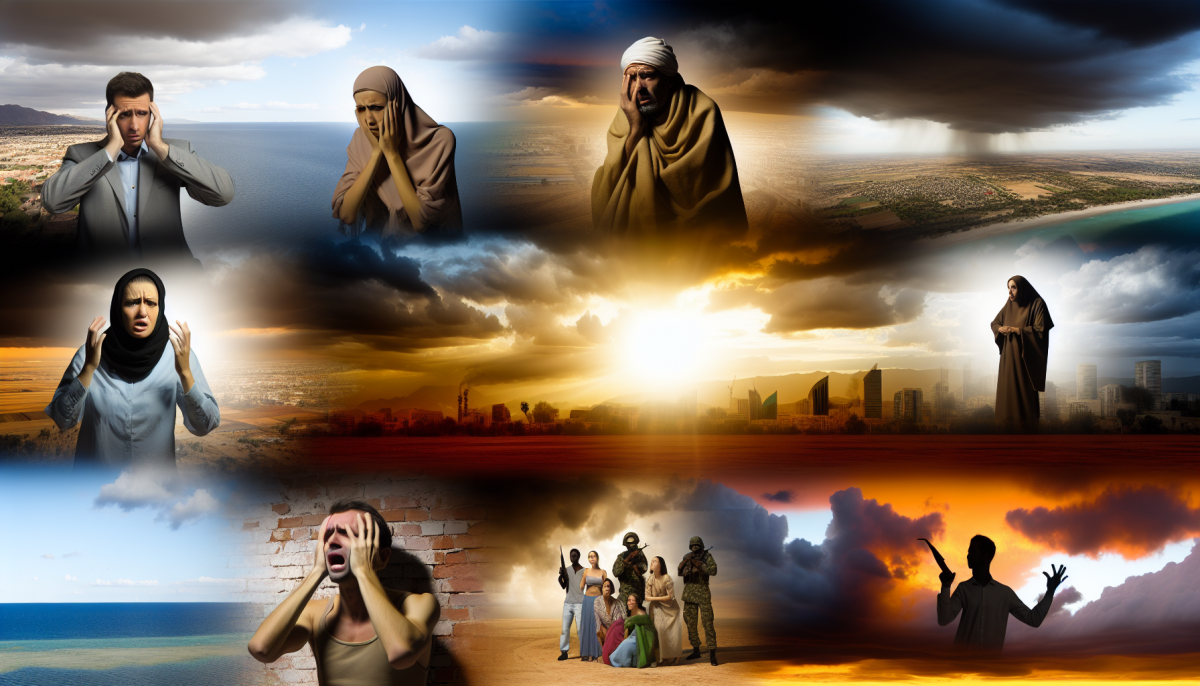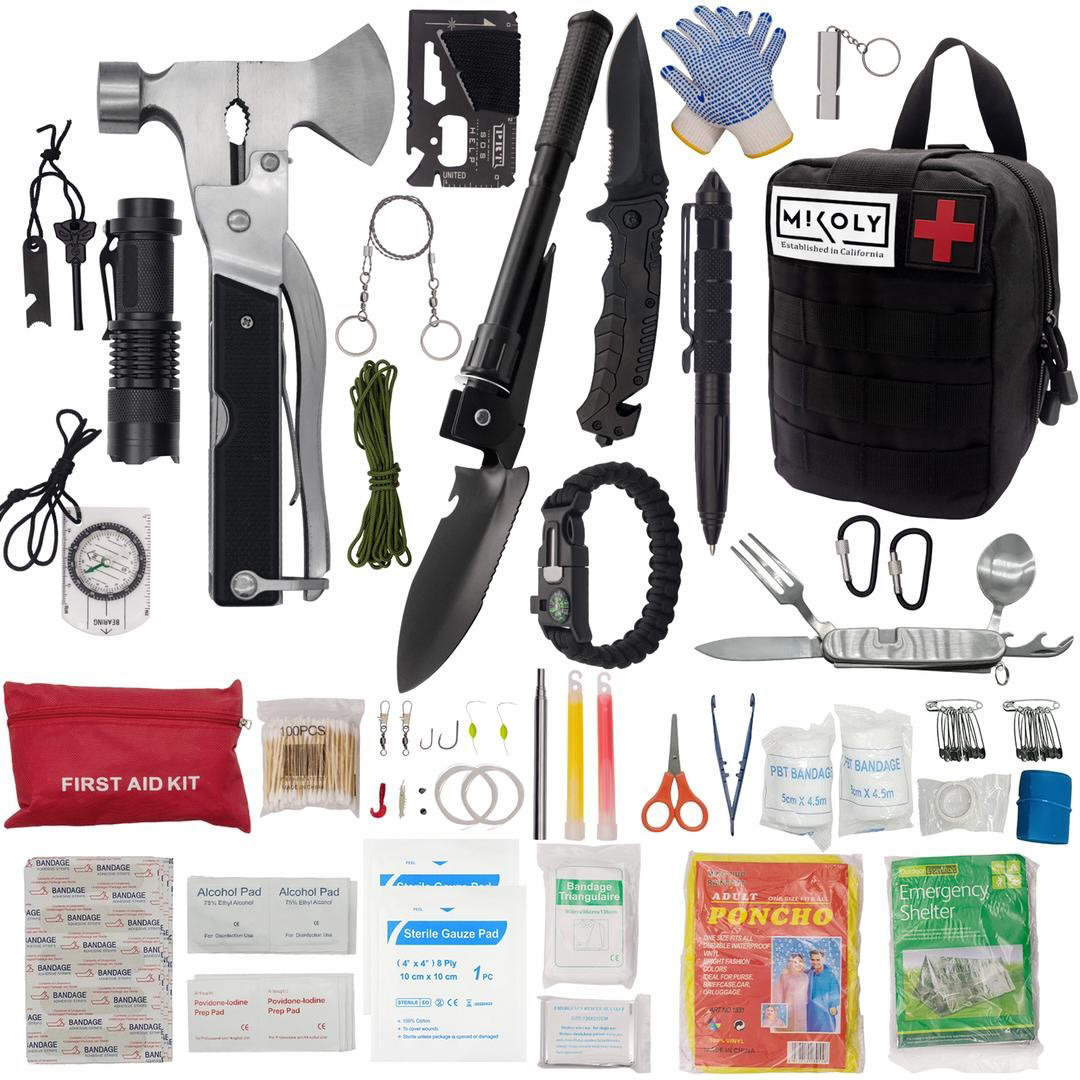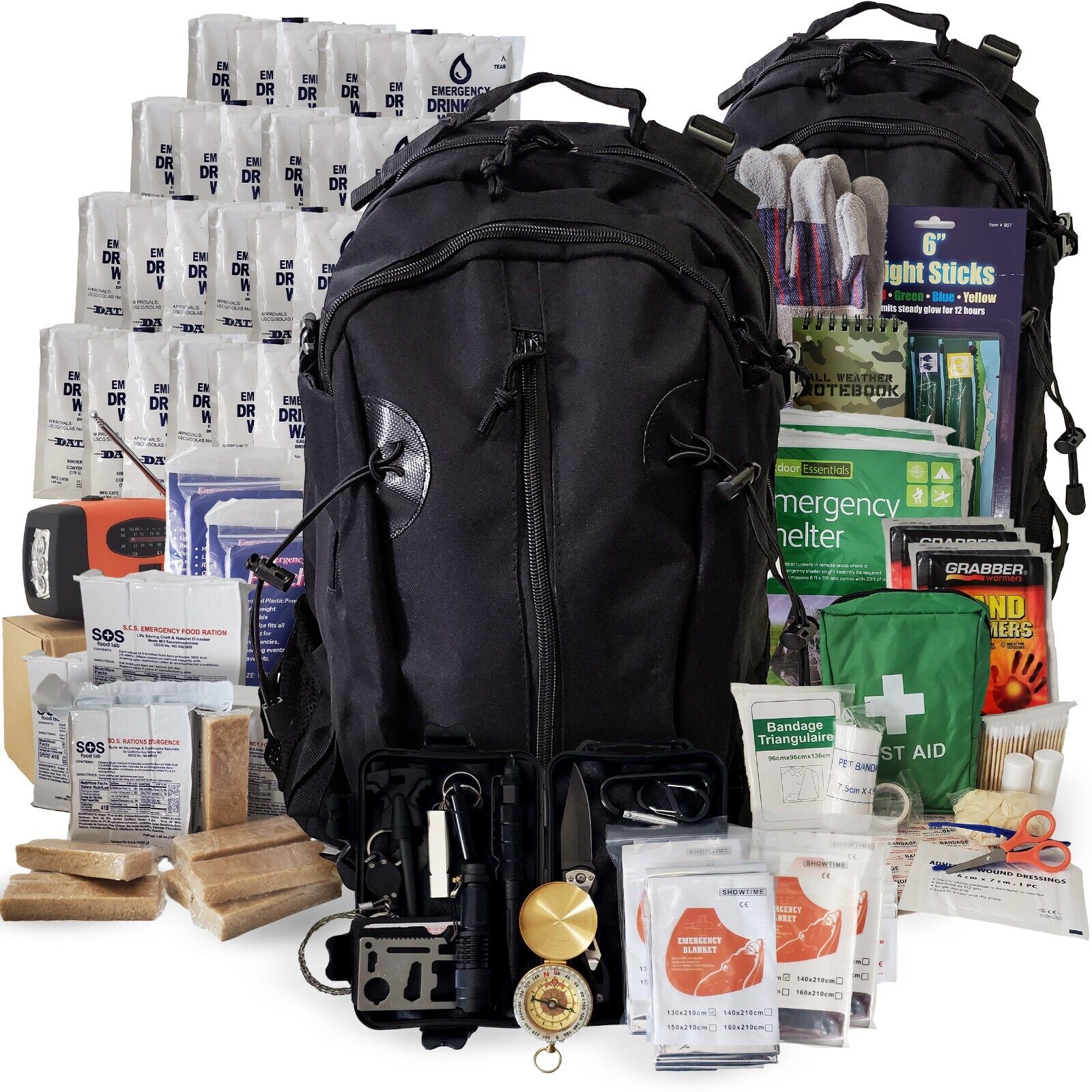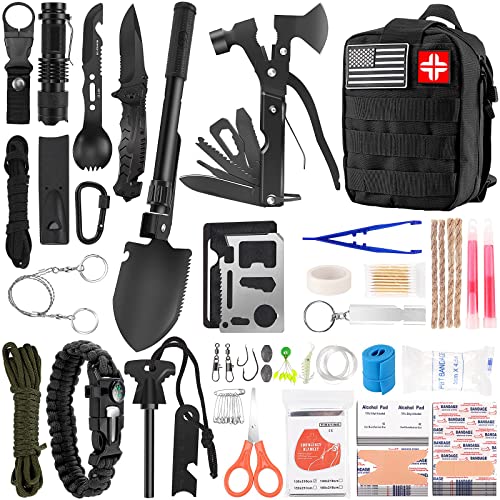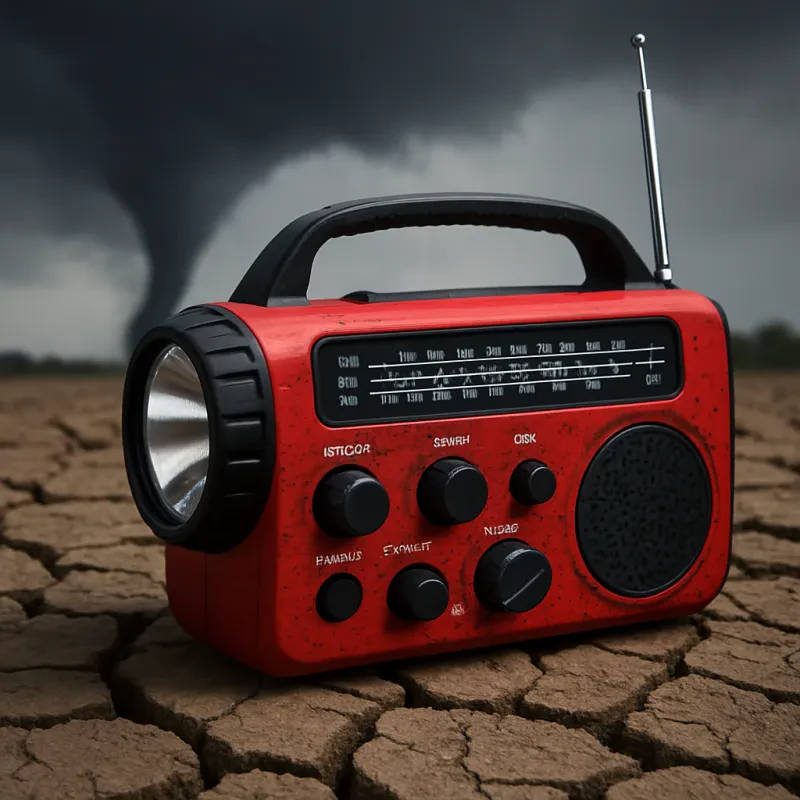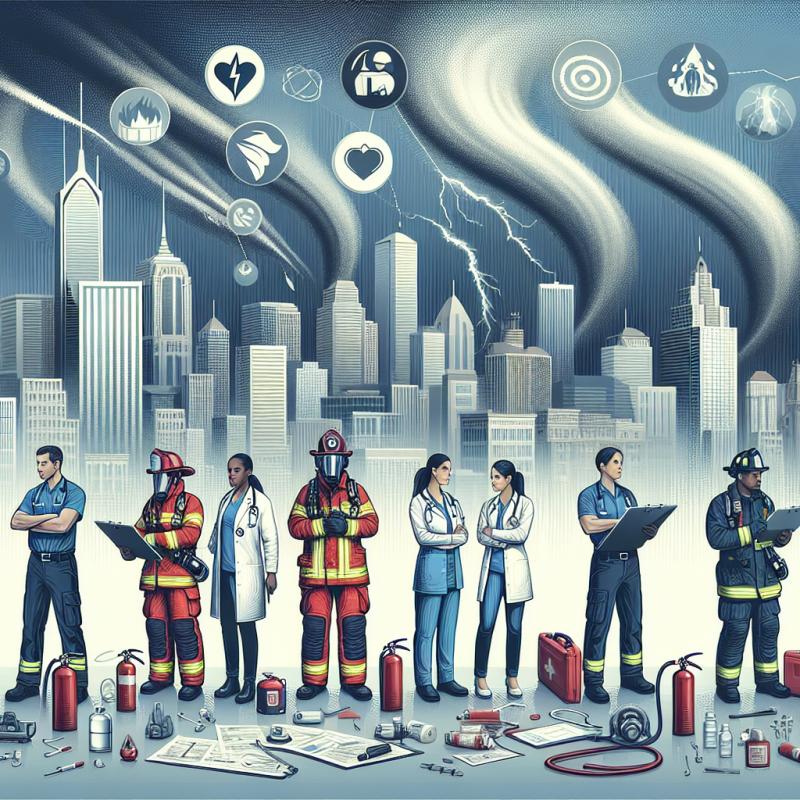When it comes to global conflict threats, certain regions around the world are currently making headlines. Understanding these hotspots can help us grasp the complexities of the challenges faced by different nations and communities. Here’s a look at some of the areas where tensions are particularly high right now.
Ukraine: The situation in Ukraine continues to evolve, with ongoing conflicts impacting the lives of many. The tensions not only involve national sovereignty but also resonate with broader geopolitical dynamics. It's a key area to watch if you're interested in understanding how local conflicts can ripple through the international community.
The Middle East: Countries like Syria and Yemen are still grappling with intense conflicts and humanitarian crises. These ongoing struggles highlight the profound effects of war, from displaced populations to severe economic challenges. The complexities of alliances in the region add to the nature of the global conflict threats faced today.
East Asia: Tensions in the South China Sea and on the Korean Peninsula are also significant. With territorial disputes and military maneuvers, the area remains a focal point for potential conflicts. The role of major powers like the U.S. and China further complicates the dynamics, making it crucial for observers to stay informed.
Key Factors Driving Conflicts Today
When we talk about global conflict threats, it's essential to grasp what's really fueling these tensions in today's world.
Economic Disparity
One major factor is economic disparity. Many countries struggle with poverty while others thrive, leading to frustration and unrest. This gap often stirs feelings of inequality, causing communities to clash over resources and opportunities.
Political Instability
Another big player in the game is political instability. When governments are weak or corrupt, it creates a perfect storm for conflict. People begin to lose faith in their leaders, which can lead to protests and uprisings. These situations are often exploited by groups looking to gain power, further escalating the conflicts.
Cultural and Religious Tensions
Additionally, cultural and religious tensions can't be overlooked. Different belief systems and traditions sometimes collide, resulting in misunderstandings and hostility. These cultural rifts can deepen divisions within societies and even spill over national borders, making them a key aspect of global conflict threats.
External Influences and Interference
Lastly, you can't forget about external influences, such as foreign interventions or global powers vying for dominance. When countries meddle in each other's affairs, it can lead to heightened suspicion and aggressive behavior. This dynamic turns local disputes into larger global concerns, impacting the political landscape significantly.
Impact on Global Security and Stability
When we talk about global conflict threats today, it's essential to consider how these tensions ripple through international security and stability. Conflicts don’t just stay contained; they often spill over borders, creating unrest in neighboring countries and beyond. This interconnectedness means that a conflict in one region can affect global markets, refugee patterns, and even diplomatic relations worldwide.
Countries have Increased Military Spending
One of the biggest impacts of rising global conflict threats is the increase in military spending. Nations feel the need to bolster their defenses, which can divert funds away from social programs, education, and health care. This heightened military focus can lead to a cycle of suspicion and aggression, making it harder to establish trust between countries.
Extremist Groups
Additionally, unstable regions often become havens for extremist groups. These organizations thrive in chaos, using it to recruit and spread their ideology. As a result, the global community faces a dual challenge: addressing immediate conflicts while also tackling the root causes that drive individuals to extremism. Every new conflict can escalate these threats even further, making it crucial for international cooperation.
Massive Migrations
Lastly, global conflict threats can lead to massive migrations. People fleeing violence seek safety, and their movement can strain resources in host countries. This situation not only affects how governments respond but can also fuel tensions within these societies, as they grapple with integrating newcomers while addressing their own challenges.
Preparing Your Home for Global Conflict Threats
In an era of global uncertainty, the possibility of conflict—whether regional or international—can feel overwhelming. However, proactive planning can transform anxiety into confidence, ensuring that you and your loved ones are prepared to face challenges head on. Grounded in expert advice on emergency readiness, here are key strategies to start fortifying your home and your future.
1. Stay Informed and Vigilant
Remain attentive to reliable news outlets, governmental agencies, and international analyses. Establish a routine that includes daily check-ins with trusted sources so you can monitor geopolitical developments closely. Understanding local risks is equally important; tailor your preparation strategies based on your region’s vulnerability.
2. Develop a Comprehensive Emergency Plan
Crafting a detailed emergency plan is the cornerstone of household safety. Begin by:
- Establishing a Family Communication Strategy: Ensure every family member knows how to reach one another using multiple methods (e.g., phone calls, text messages, or designated meeting points) in case conventional networks fail.
- Designating Safe Zones: Identify secure areas within your home—such as basements or interior rooms with few windows—that can serve as temporary shelters during an emergency.
- Mapping Out Evacuation Routes: Plan and regularly review multiple exit strategies from your home and neighborhood, and conduct drills to ensure everyone is prepared to act quickly when needed.
These measures are recommended by preparedness experts who stress the importance of clear, practiced protocols before a crisis strikes.
3. Stock Up on Essential Supplies Beforehand
A well-stocked home is critical when supply chains may be disrupted:
- Food and Water: Aim to store non-perishable food items and sufficient drinking water to last several weeks. Choose foods with long shelf lives and minimal storage requirements.
- Medical and First Aid Supplies: Regularly replenish your first aid kit, include necessary prescription medications, and keep additional health supplies on hand.
- Battery-Powered Essentials: Stock up on flashlights, battery-powered lanterns, portable chargers, and extra batteries to maintain functionality during power outages.
These essentials form the backbone of any home preparedness plan, offering both physical sustenance and a sense of stability amid uncertainty.
4. Enhance Your Home's Security
Improving your home’s physical defenses can significantly bolster your overall safety:
- Fortify Entry Points: Reinforce doors and windows with additional locks, security bars, or temporary barricades if needed.
- Install Security Systems: Consider setting up alarm systems or surveillance cameras to monitor unusual activity.
- Create a Safe Room or Space: If space and resources allow, designate and strengthen a room that can provide refuge during external dangers.
Such practical security measures not only deter potential intrusions but also offer peace of mind during times of heightened tension.
5. Build and Engage with Your Community
No one is an island—even when preparing for global challenges:
- Foster Neighborhood Connections: Reach out to neighbors to share resources, skills, and information about local emergency responses.
- Participate in Local Preparedness Groups: Many communities have organizations dedicated to disaster readiness. Get involved to learn best practices, participate in drills, and discuss coordinating resources.
Community collaboration enhances resilience, ensuring that collective knowledge and support systems are in place when individual efforts might fall short.
Final Thoughts
While we cannot predict every nuance of global conflict, implementing these home-based strategies provides a layer of security that transforms uncertainty into preparedness. By staying informed, devising thorough emergency plans, stockpiling essential supplies, bolstering home security, and forging strong community ties, you empower yourself with a roadmap to navigate crises confidently.
Looking ahead, consider exploring topics such as urban survival strategies, digital resilience in times of conflict, and historical case studies of civilian preparedness. These areas offer additional perspectives and advanced tactics that can further enrich your planning efforts and help you build a robust defense against any unforeseen challenges.
